Understanding Asteroid Euphorbus And Its Significance

Introduction
Asteroids have long captured the imagination of scientists and space enthusiasts alike. These celestial bodies offer insights into the early formation of our solar system and hold clues to the history of our universe. In this article, we explore the asteroid Euphorbus and uncover its significance in the realm of astronomy.
The Discovery of Euphorbus
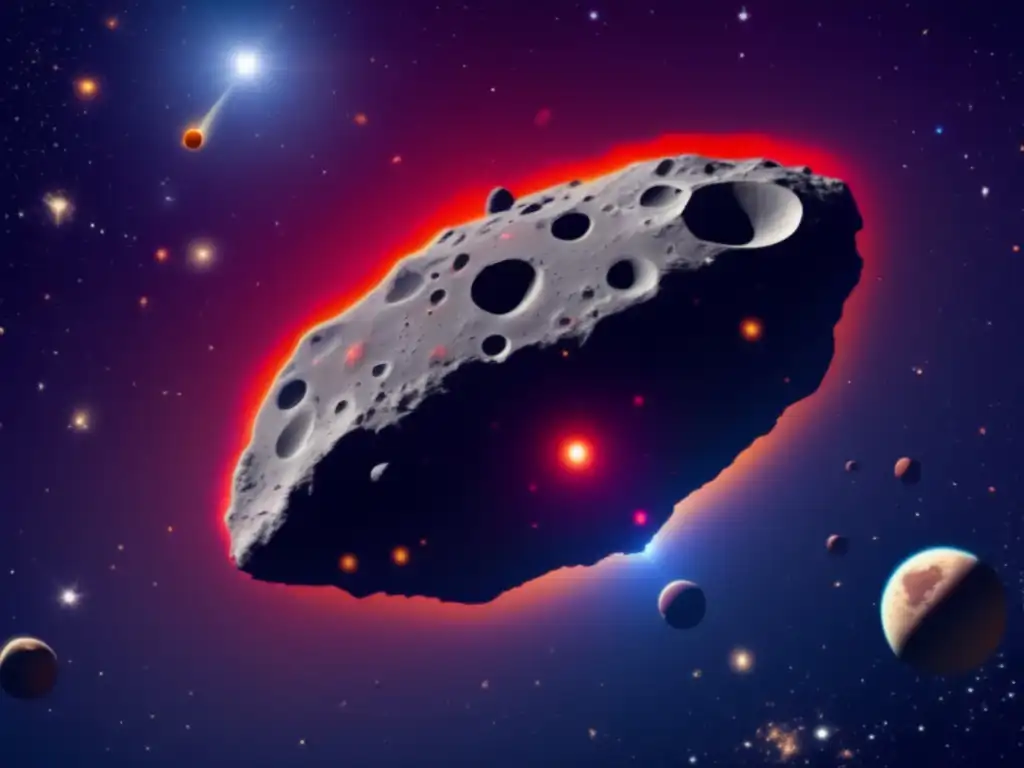
The Origin of the Name
Euphorbus was discovered on March 8, 1978, by astronomer H.-E. Schuster at the European Southern Observatory in La Silla, Chile. It was named after Euphorbus, a character in Greek mythology who was known for his courage and skill in battle. This name was chosen to reflect the asteroid's characteristics and to pay homage to the rich tradition of mythology associated with celestial bodies.
Physical Characteristics
Euphorbus is categorized as a main-belt asteroid and is a part of the Flora family, which is one of the largest families of asteroids in the main belt. With an estimated diameter of 32 kilometers, Euphorbus orbits the Sun at an average distance of approximately 2.2 astronomical units.
Scientific Research and Observations
Since its discovery, Euphorbus has been the subject of extensive scientific research and observations. Astronomers have studied its composition, spectral properties, and orbital dynamics to gain insights into its origin and evolution. These studies have contributed to our understanding of the formation and dynamics of the main asteroid belt.
Asteroid Families: Flora Family

Formation and Composition
The Flora family is believed to have originated from a catastrophic collision between two larger bodies in the main asteroid belt. The debris from this collision spread out and formed a cluster of asteroids that we now identify as the Flora family. Euphorbus is one of the numerous members in this family and shares similar characteristics, including composition and orbital properties.
Significance in Planetary Science
Studying asteroid families like Flora provides valuable insights into the history and evolution of our solar system. By analyzing their composition and dynamics, scientists can better understand the processes that shaped the early formation of planets and the distribution of material within our cosmic neighborhood.
Potential for Future Exploration
As space exploration advances, there is growing interest in targeted missions to asteroids. The presence of asteroid families like Flora presents exciting opportunities for future research and exploration endeavors. Euphorbus, as a member of the Flora family, could serve as a potential destination for a spacecraft to gather samples and further investigate the mysteries of the asteroid belt.
Implications for Planetary Defense
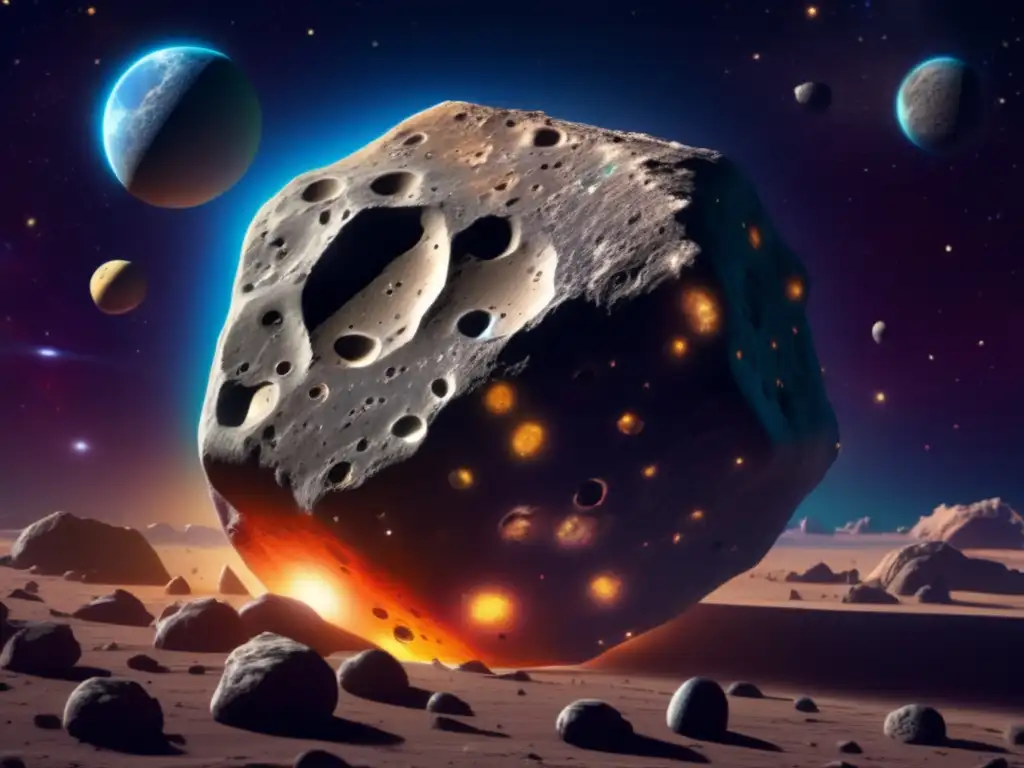
Asteroid Euphorbus and Collisions
Understanding the properties and trajectories of asteroids is crucial for planetary defense efforts. While Euphorbus poses no immediate threat to Earth, its study contributes to our knowledge of the behavior and potential hazards associated with near-Earth objects.
Mitigation Strategies
By studying asteroids like Euphorbus, scientists can develop strategies for mitigating the potential impact of hazardous asteroids that may cross Earth's path in the future. Insights gained from studying Euphorbus and its family can inform the development of technologies and methods aimed at deflecting or redirecting potentially dangerous asteroids.
Collaboration and International Efforts
The study of asteroids requires international collaboration and efforts. Organizations such as NASA, ESA, and various international space agencies work together to detect, track, and characterize asteroids like Euphorbus. These collective efforts help build a global defense strategy to safeguard our planet from potential asteroid impacts.
Frequently Asked Questions
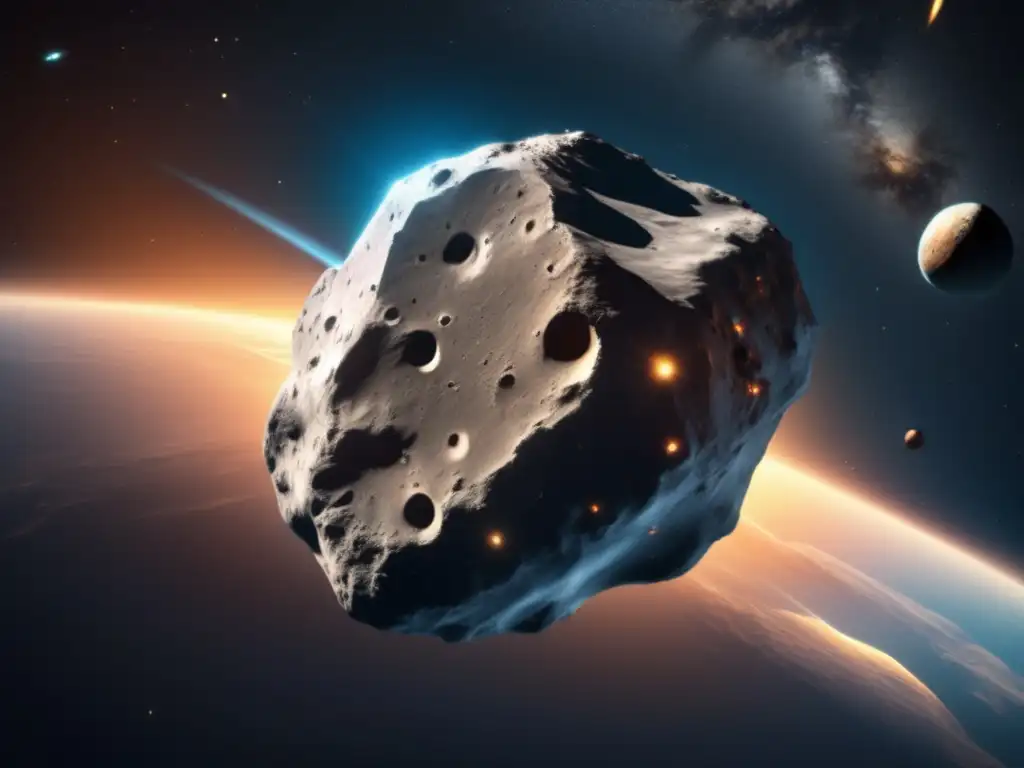
-
What is the origin of the name "Euphorbus"?
Euphorbus is named after a character in Greek mythology known for his bravery and skill in battle.
-
What is the significance of studying asteroid families like Flora?
Studying asteroid families such as Flora provides insights into the history and evolution of our solar system and helps us understand the processes that shaped the early formation of planets.
-
How does the study of asteroids contribute to planetary defense?
Understanding the properties and trajectories of asteroids is crucial for developing strategies to mitigate potential impact hazards and safeguard our planet from asteroid collisions.
-
Can Euphorbus pose a threat to Earth?
Euphorbus does not currently pose a threat to Earth.
-
What international efforts are being made to study asteroids?
International space agencies, including NASA, ESA, and others, collaborate to detect, track, and study asteroids, contributing to a global defense strategy against potential impact hazards.
Conclusion
Asteroid Euphorbus and its place within the Flora family offer valuable insights into the formation of our solar system, the dynamics of the main asteroid belt, and potential implications for planetary defense. Studying asteroids like Euphorbus contributes to our understanding of our cosmic neighborhood and drives future exploration efforts. As we continue to unravel the mysteries of these celestial bodies, we gain a deeper appreciation for the vastness and complexity of our universe.
Feel free to share your thoughts in the comments section below and engage with www.asteroidrealm.com by subscribing, sharing this article on social networks, or participating in other interactive ways. Thank you for your time and attention.
Additional Resources

For further reading on asteroids and related topics, check out these resources:
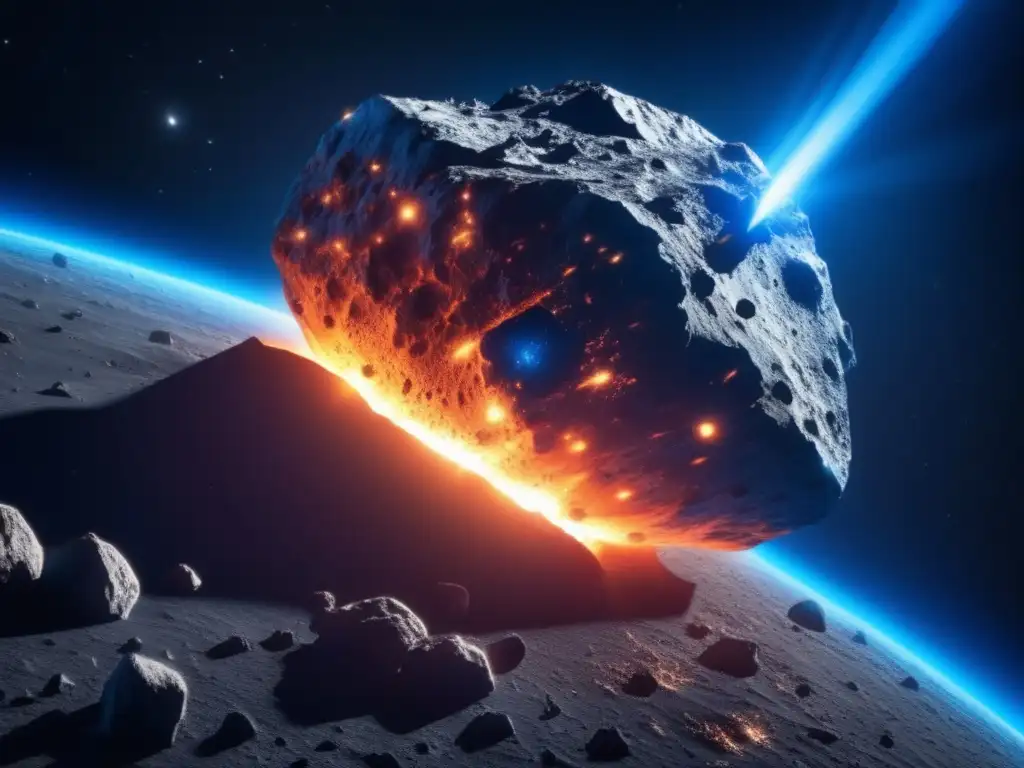 Decoding The Characteristics Of Asteroid Glaucus
Decoding The Characteristics Of Asteroid Glaucus The Surprising Features Of Asteroid Lycaon
The Surprising Features Of Asteroid Lycaon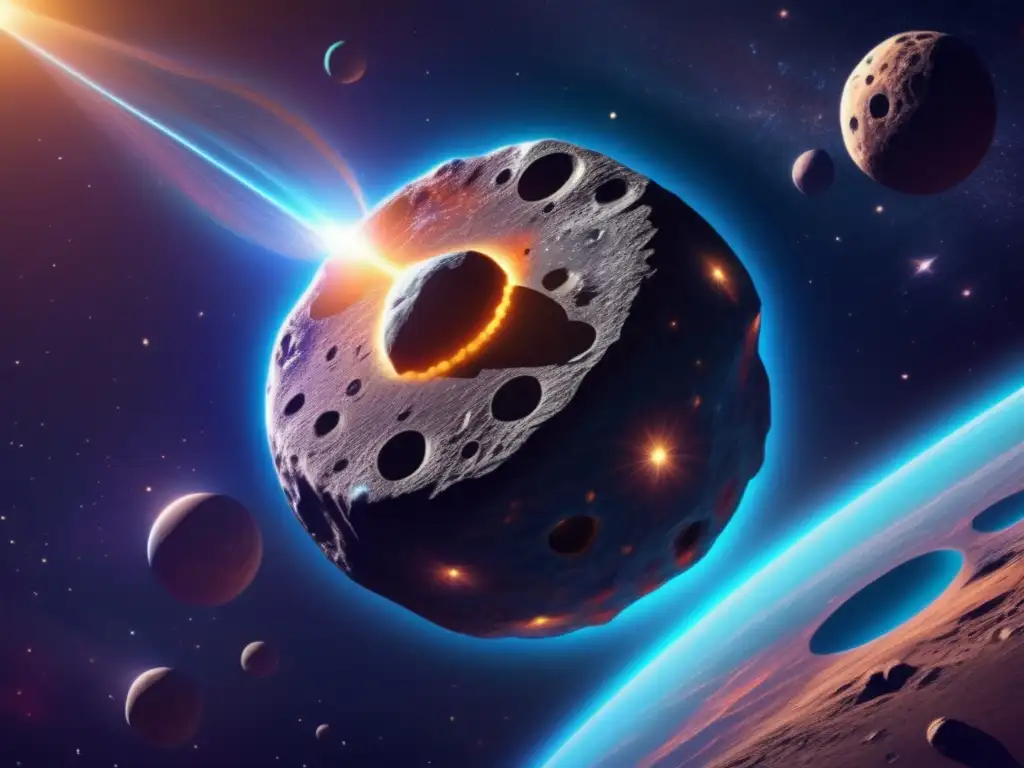 The Role Of Asteroid Telemachus In Astronomy
The Role Of Asteroid Telemachus In AstronomyIf you want to discover more articles similar to Understanding Asteroid Euphorbus And Its Significance, you can visit the Asteroid Profiles category.
Leave a Reply

Articulos relacionados: